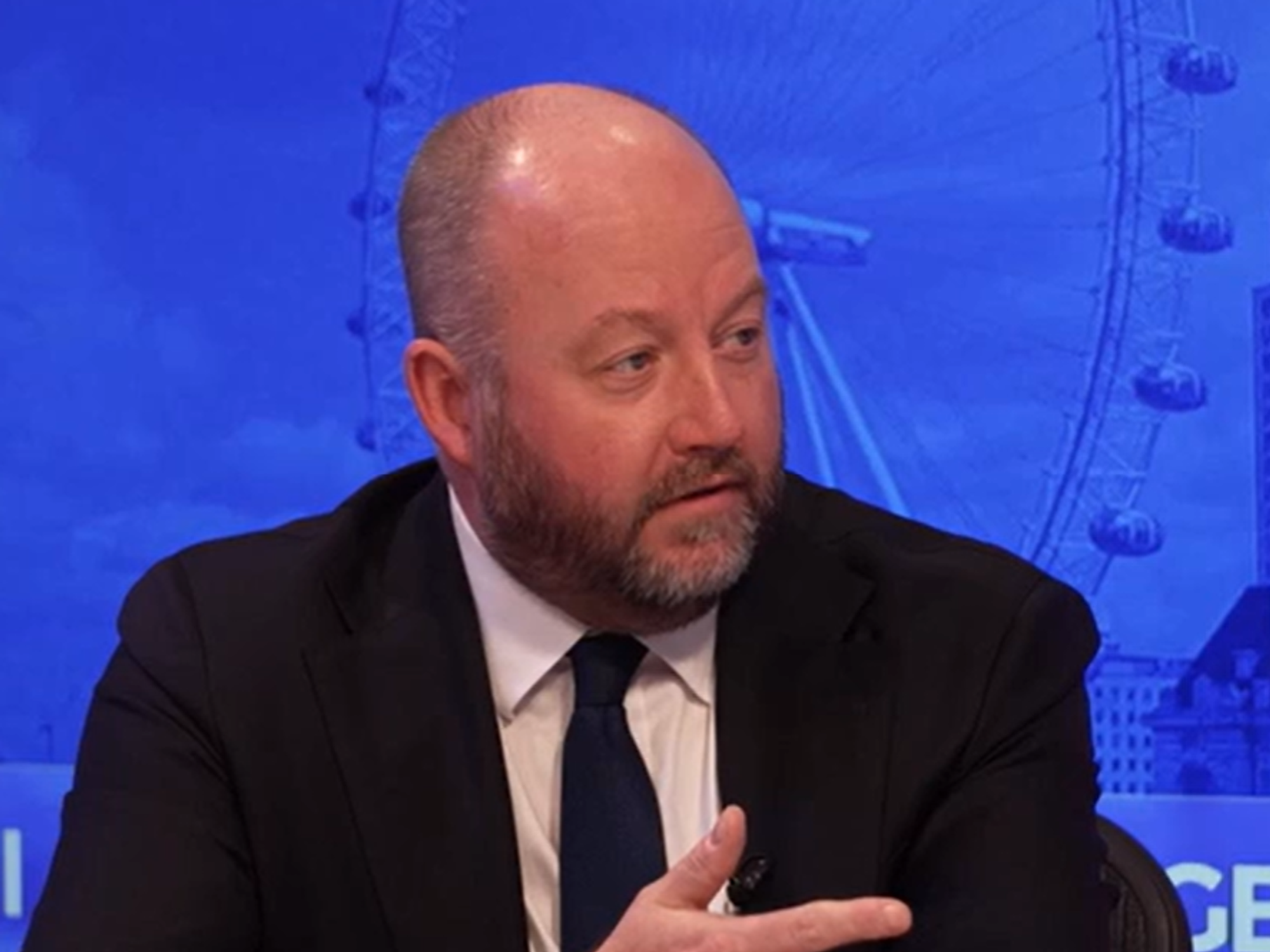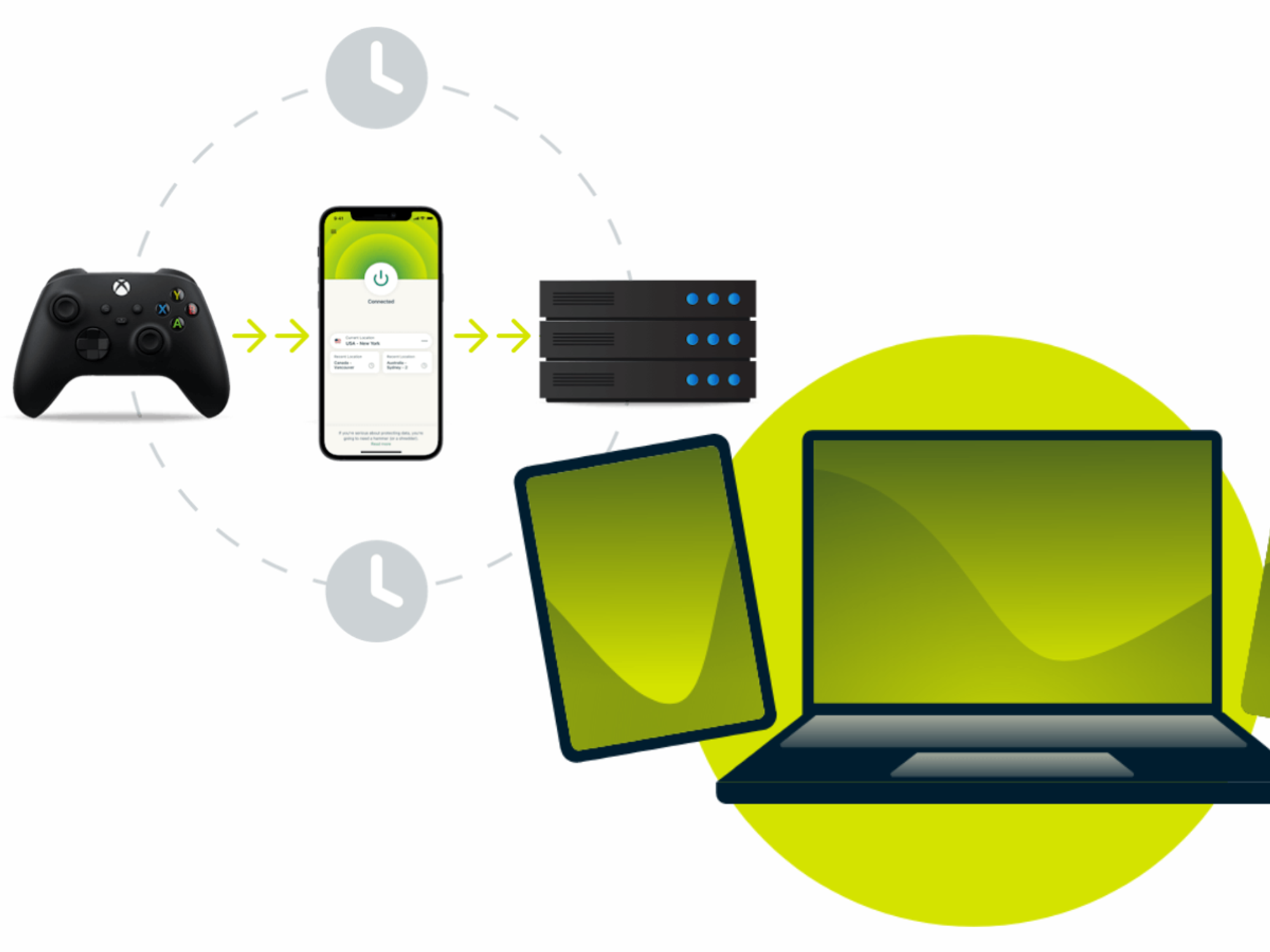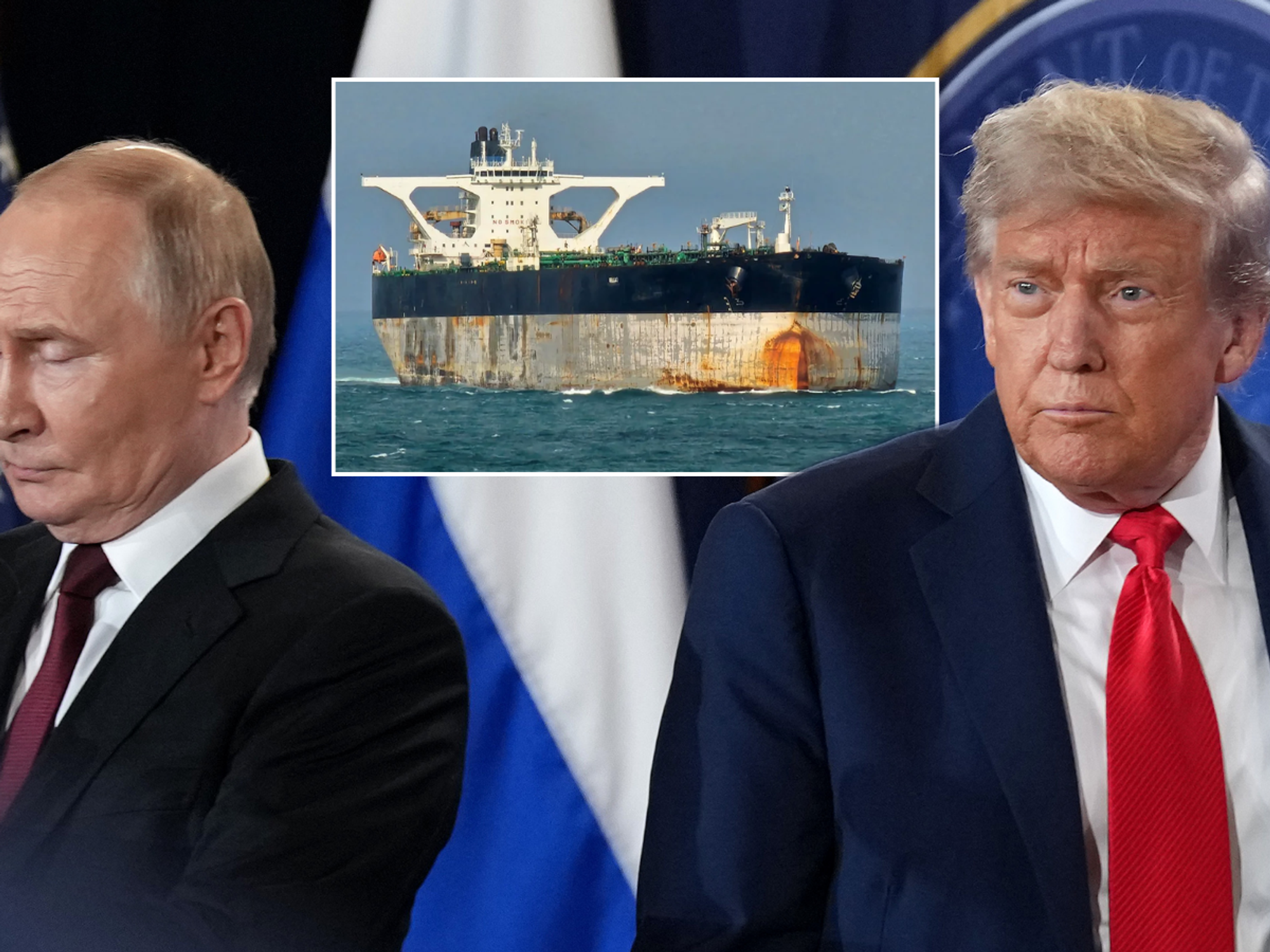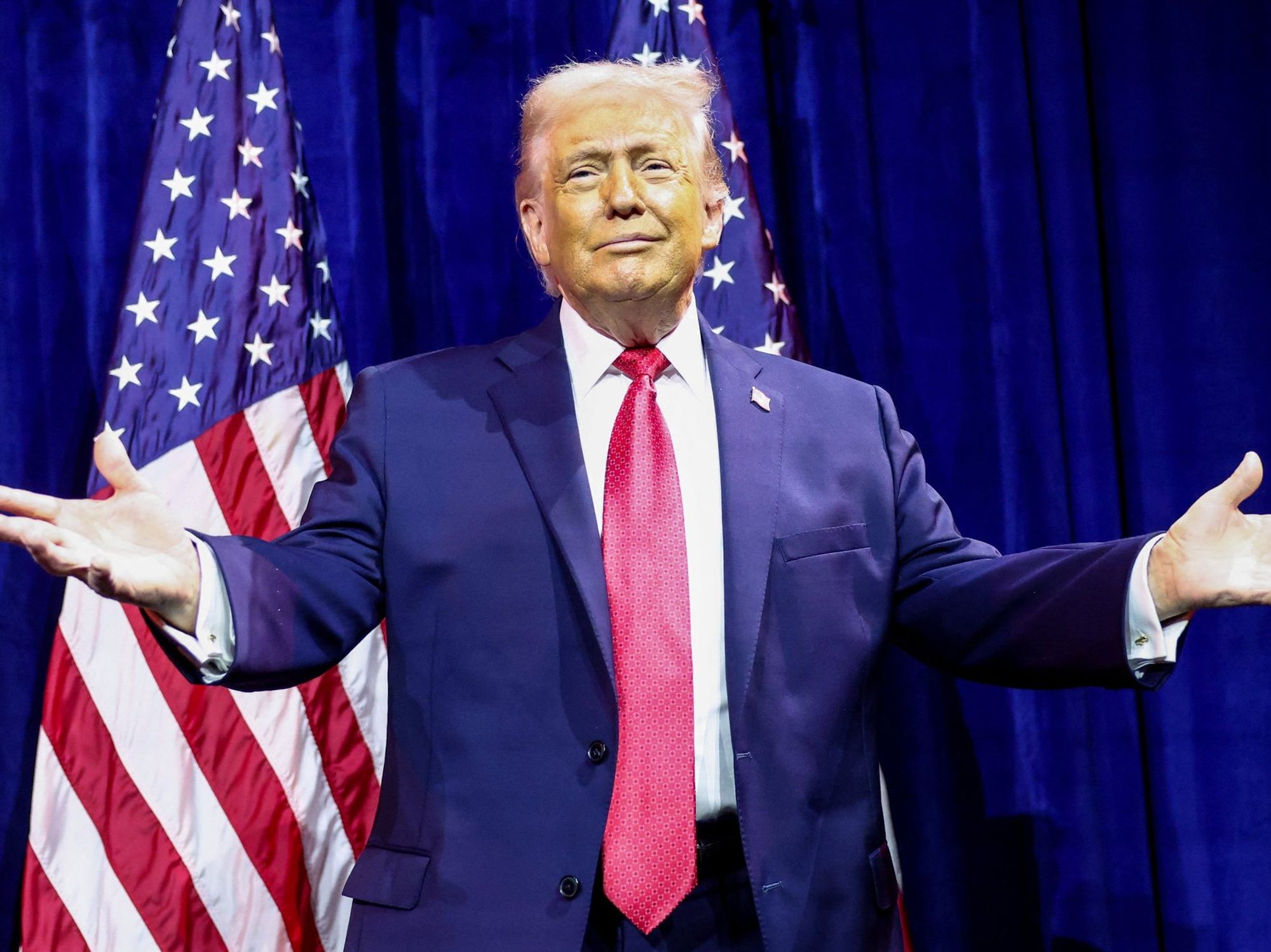As ITV prepares to remove channels from older boxes, why you must switch to HD to watch telly in the UK today
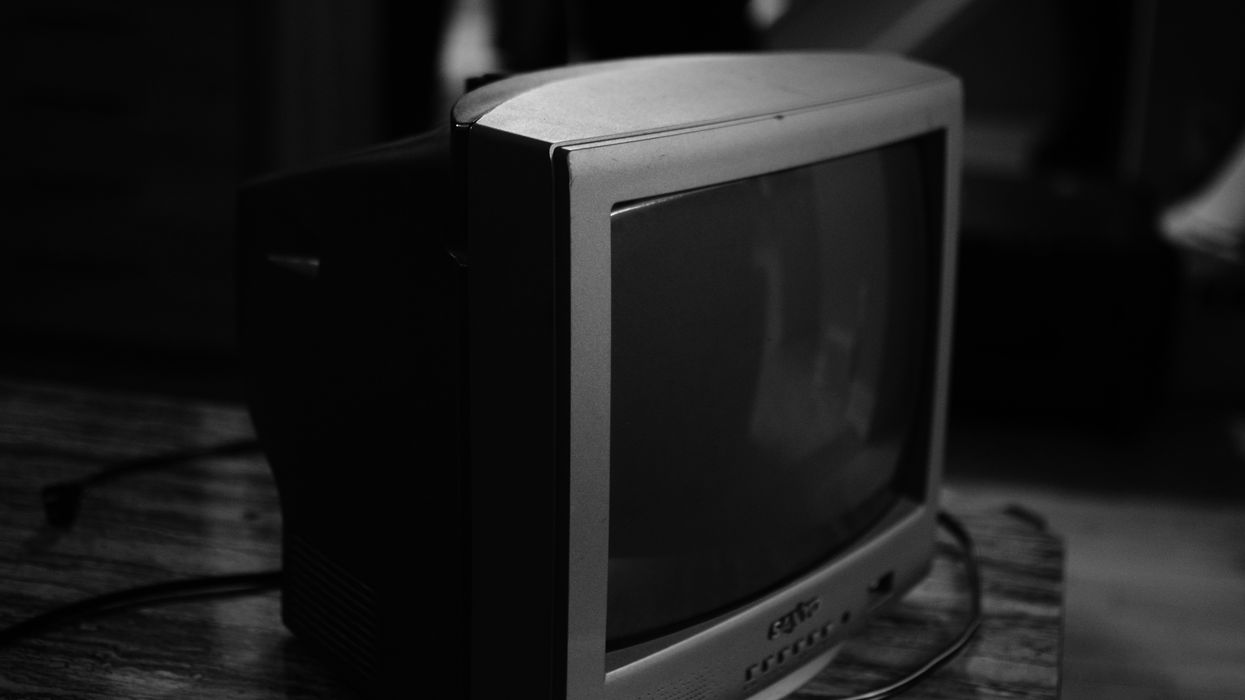
With the move from CRT televisions to flatscreens, broadcasters started to phase-out Standard Definition (SD) in favour of more detailed HD pictures ...but the final nail in the coffin won't come until October
|
It's taken 18 years, but High Defintion is about to completely replace SD broadcasts in the UK
Don't Miss
Most Read
Latest
ITV has confirmed that it'll cease broadcasting ITV1 and ITV2 in Standard Definition (SD) next month. That deadline coincides with Sky TV's decision to cull subscriptions on older Sky+ satellite boxes in October, and follows an identical decision by the BBC earlier this year, which removed its channels from older hardware.
The latest shake-up to viewers across the UK marks the final step in ITV's transition to all-HD broadcasting, following the closure of the SD versions of ITV3, ITV4, and ITVBe back in January. It also affects Scottish broadcaster STV, whose SD services share transponder space with ITV1 SD.
It's not just ITV and BBC, Channel 4 also shuttered five channels broadcast on Freesat and Sky TV on July 1 and will now only commission new shows that it believes will work on its streaming platform.
So, what is happening? And is the UK ready to switch-off Standard Definition broadcasts completely?
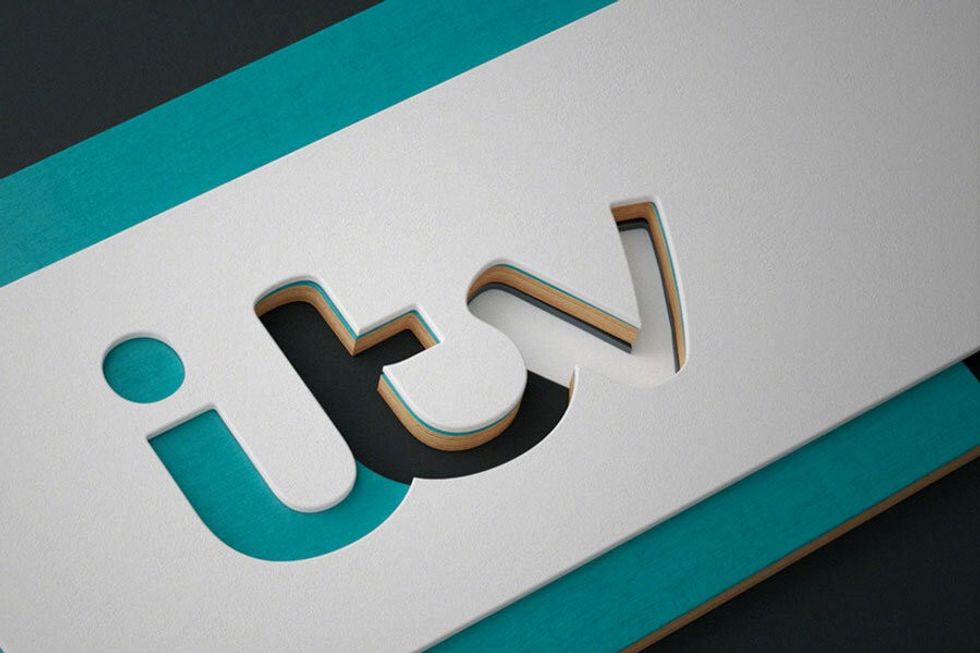
ITV is one of the last hold-outs, and will disable its SD broadcast channels in October, following in the footsteps of the BBC back in January
|ITV PRESS OFFICE
High Definition (HD) broadcast channels have been available for 18 years in the UK, and typically offer up to 4x the resolution of older Standard Definition (SD) content. That means everything on-screen is sharper — packing more detail into every frame.
As households across the UK ditched bulky CRT (Cathode-Ray Tube) televisions in favour of flatscreens with larger screen sizes, Standard Definition suddenly looked fuzzy and outdated.
But it's not simply about resolution, HD channels offer better colour accuracy and clearer sound too.
BBC trialled a dedicated HD channel that showed high-profile shows from across BBC One and BBC Two in May 2006, before rolling-out BBC HD as a full service nationwide in December 2007. Since terrestrial broadcasts were still the primary way that viewers across the UK watched live telly, there was a cost for broadcasters looking to offer HD. The decades-old infrastructure to record and transmit SD-quality broadcasts had to be replaced, plus HD required substantial bandwidth to transmit — dragging out the transition.
By the mid-2010s, HD had become the default for many broadcasters, with live events, especially sports, heavily promoted as HD experiences. However, the next revolution was looming.
A little over a decade after these tentative first attempts to upgrade live broadcasts to HD, research from YouGov revealed 18% of Britons had upgraded to a 4K Ultra HD television — offering 4x the resolution of HD. And with the move away from traditional broadcasts and the rise of streaming, offering increased resolution relied on fast broadband connections across the UK — not the traditional network of terrestrial masts.
Despite all of these advances, SD broadcasting has persisted — particularly on Freeview and certain satellite services, like Freesat — where some viewers still prefer SD broadcasts, or have older equipment that only supports this low-resolution standard. But that ends later this year.
The sunsetting of Standard Definition broadcasts nationwide comes at a pivotal moment for television in the UK.
Following the launch of Freely earlier this summer, upgrading to a new Smart TV in the UK will likely mean you'll need to stream over Wi-Fi to tune-in to live television from the likes of BBC, ITV, Channel 4, Channel 5, and following an announcement earlier this week, thousands of hours of content from UKTV.
This has some advantages — it means you'll be able to place your flatscreen anywhere in your home, as long as there is Wi-Fi, not just where the aerial has been fitted. It also unlocks higher-quality broadcasts in 4K Ultra HD, with catch-up services like BBC iPlayer and ITVX offering the pixel-packed standard online, but not over traditional broadcast methods.
Streaming has other advantages too, live broadcasts won't be disrupted by stormy weather, and you can seamlessly switch between live broadband and on-demand content. With Freely, you can restart a show with the touch of a button, even if you jump into the broadcast after it's started.
However, some believe the UK is moving onto the next frontier of live broadcast too fast.
Campaigners at Broadcast 2040+, which brings together over 30 organisations, including the Digital Poverty Alliance and Rural Services Network, issued a warning to the UK Government earlier this year that millions could be left behind in the wake of the changes. Forecasts show one in five UK homes will still be without high-speed broadband by 2040 and without preventative action, the march towards streaming-only services could leave millions without access to television or radio from broadcasters like BBC, ITV, and Channel 4.
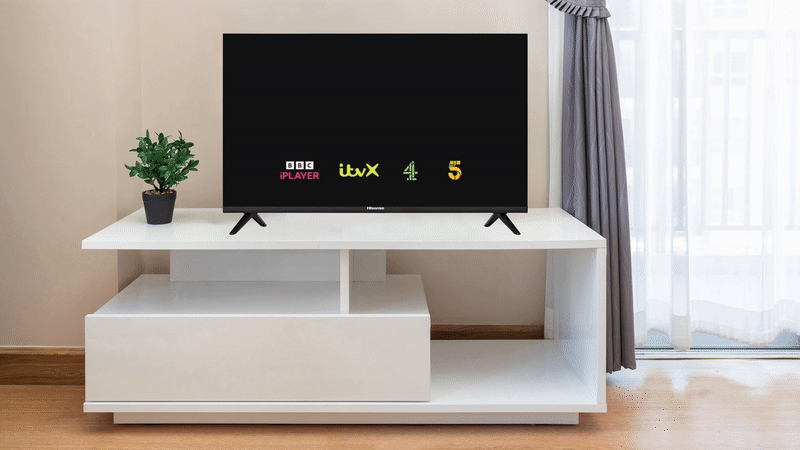 Freely is a completely new platform that promises to beam terrestrial channels and on-demand content to your Smart TV via broadband — with no aerial or satellite dish needed | EVERYONE TV PRESS OFFICE
Freely is a completely new platform that promises to beam terrestrial channels and on-demand content to your Smart TV via broadband — with no aerial or satellite dish needed | EVERYONE TV PRESS OFFICE A report from consultancy firm EY has highlighted the significant gap in broadband uptake. If that persists, 18% of UK homes will be left behind ―leaving over 5.5 million premises unable to tune in to live television. And figures from Ofcom show that 31% of Britons aged 65 and over don’t currently use the internet at home.
The UK Government is targeting 99% broadband coverage by 2030, it might seem reasonable to switch off Freeview and other traditional free-to-air broadcast services in the following decade. But given the troublesome roll-out of broadband-powered landline phones, which has left Britons scrambling with disconnected landlines, lost numbers, and broken personal alarms, GB News will be keeping a close eye on the move towards IPTV in the UK. Stay tuned.






